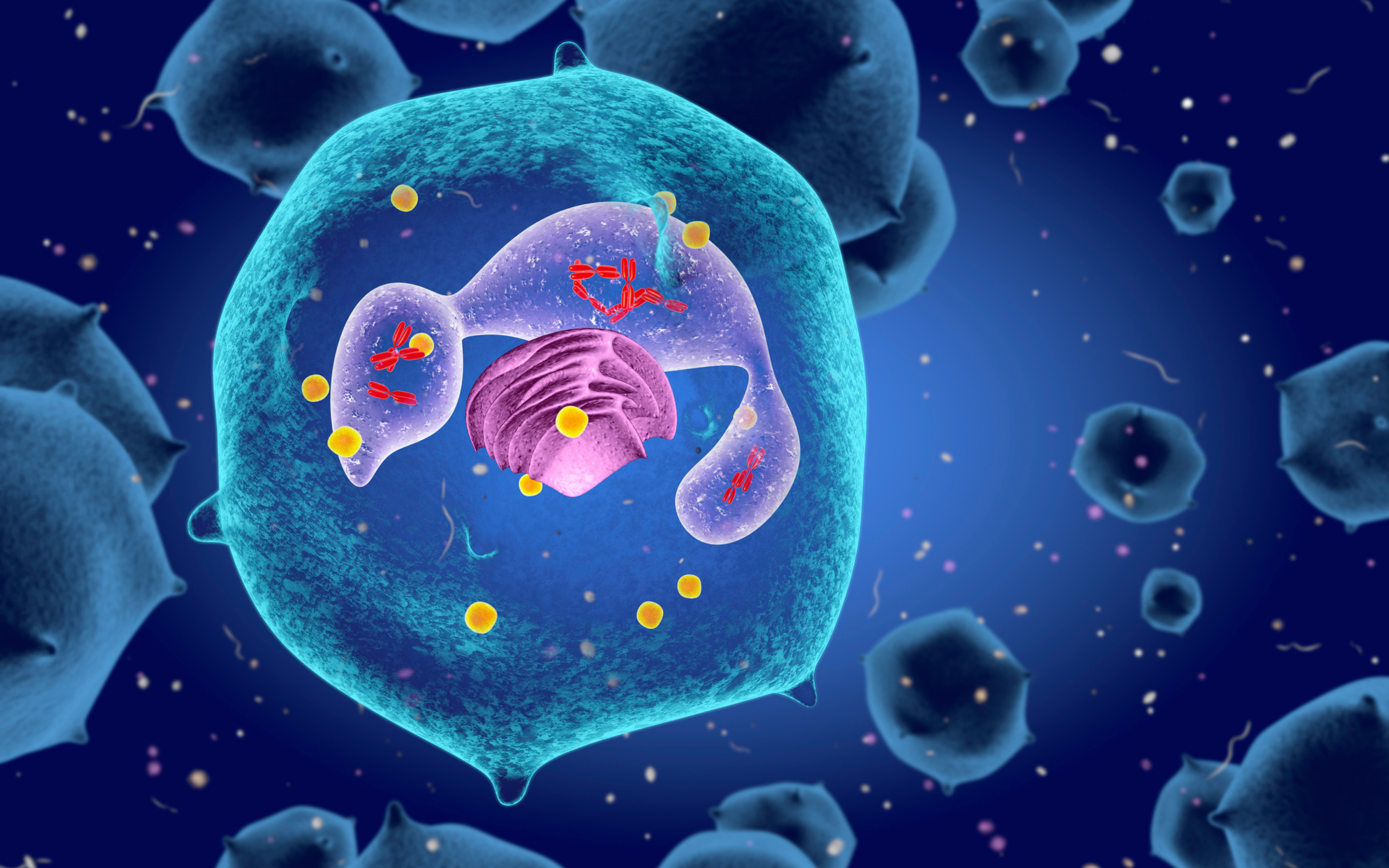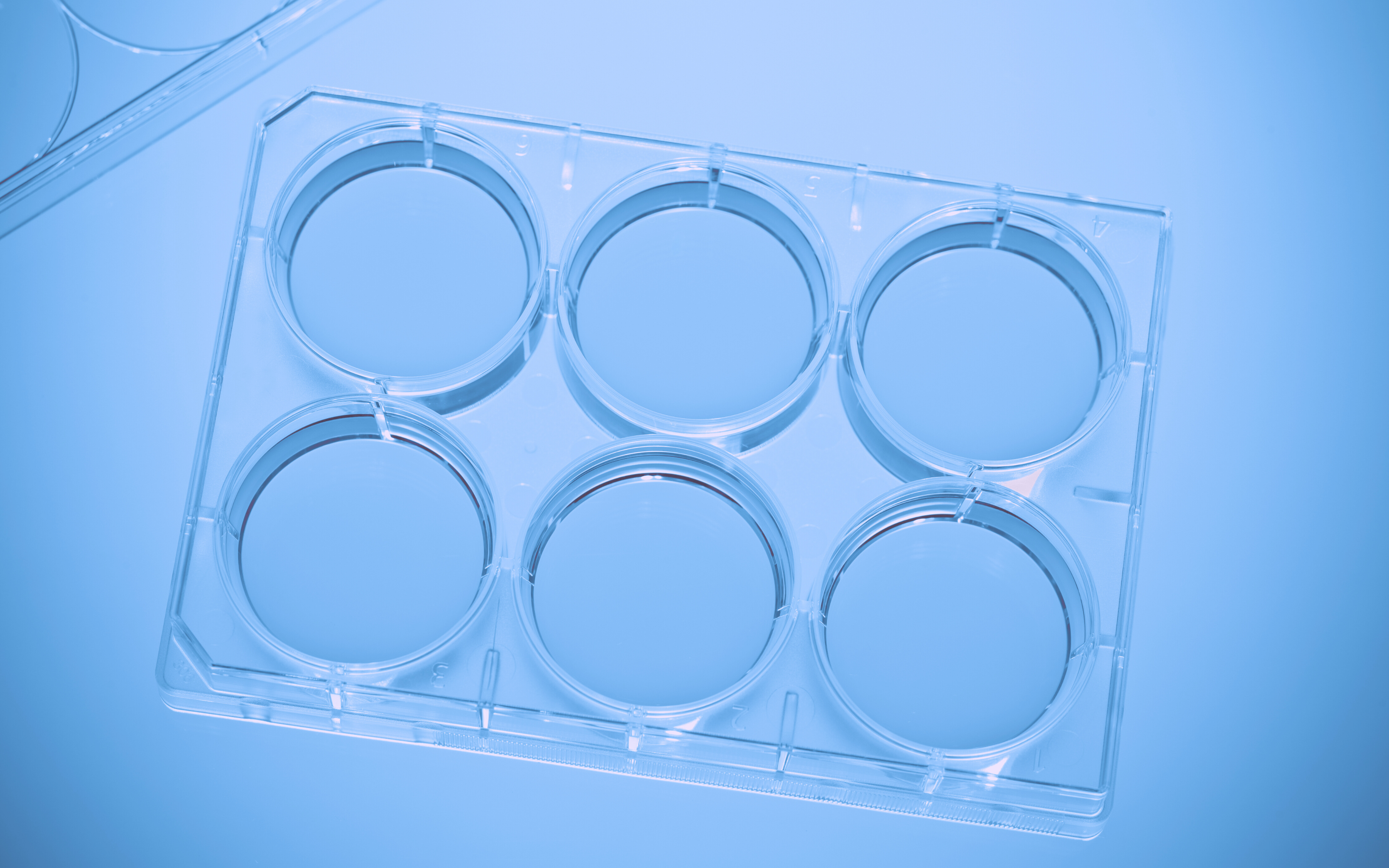Can you easily trace your conclusions or products all the way back to the raw experimental data, and be sure that no information was lost on the way? If you can — congratulations, you perform magnificent research data management. Most commonly, however, ensuring data traceability and integrity is quite a challenge — one that scientists struggle with every day.
What Is Data Traceability, and Why Is It Important?
Data traceability is the ability to track the changes that information undergoes all the way through the different stages of research and/or development. This is done using research and laboratory documentation showing the full history of data. It is important for several reasons:
-
Data validity
Without traceability, research results cannot be trustworthy. Data undergoes vast changes during research/production processes — structuring, analysis, and more. In order to receive reliable results and be certain that end conclusions are grounded in the original experiment results, all data transformations must be recorded.
-
Regulatory compliance
Laboratories have to undergo audits that make sure the laboratory complies with good laboratory practices, protocol and industry standards, and data quality and documentation standards. Laboratories are expected to track and monitor processes and sample lifecycles from start-to-finish, to prove that they indeed adhere to guidelines.
-
Problems resolution
When data is traceable, mistakes can be traced back to the root, preventing the issue from repeating itself. This is especially important in industry labs — if a product is found to be faulty, the source of the problem can be identified and all similarly defunct products can be removed from the shelves. Traceability also makes it easier to judge the effect of modifying certain factors in early stages on downstream processes and end results.
Accomplishing Traceability Using a Unified Laboratory Information System
The main reason that full traceability is so hard to achieve is the lack of proper laboratory information systems. Usually, research data is collected in various forms and from various sources (different lab machines, different team members making observations, etc.) - it then undergoes analysis in separate systems, and finally it is recorded in yet another system dedicated to record keeping. Researchers must diligently record every step in the data’s journey, otherwise the data would lose traceability.
Additionally, most laboratories use separate systems for different areas of lab work: an electronic laboratory notebook for experiments and projects, inventory and shopping list systems, equipment calibration programs, and more. In fact, all of these areas are just pieces of a bigger puzzle. For example, a sample’s information is relevant to the experiments in which it was used, and vice versa.
The Benefit Of An All-in-one Laboratory Information System
The most reliable way to accomplish data traceability is using an all-in-one laboratory information system, such as Labguru, which combines all stages of research. A centralized laboratory information system is capable of automatically collecting raw data from lab instruments, performing analysis, and assigning it to the relevant folders and experiments. Different entities within the system can be linked together, for example, samples to stock locations, samples to experiments, experiments to protocols and so on. A centralized laboratory information system makes it easy to view processes start-to-finish and trace information back to its source.
Labguru offers various additional, important features which ensure traceability, such as a full audit trail and version history, time-stamped signatures, attributable actions, and more.
To learn more, read our blog The Best Electronic Lab Notebook for GxP Compliance.
Learn just how beneficial Labguru can be for you by booking a demo below -
%20(16).png?height=380&name=NEW%20Featured%20images%20%20-%20Blog%20(1200%20%C3%97%20750%20px)%20(16).png)

%20(4).png)

